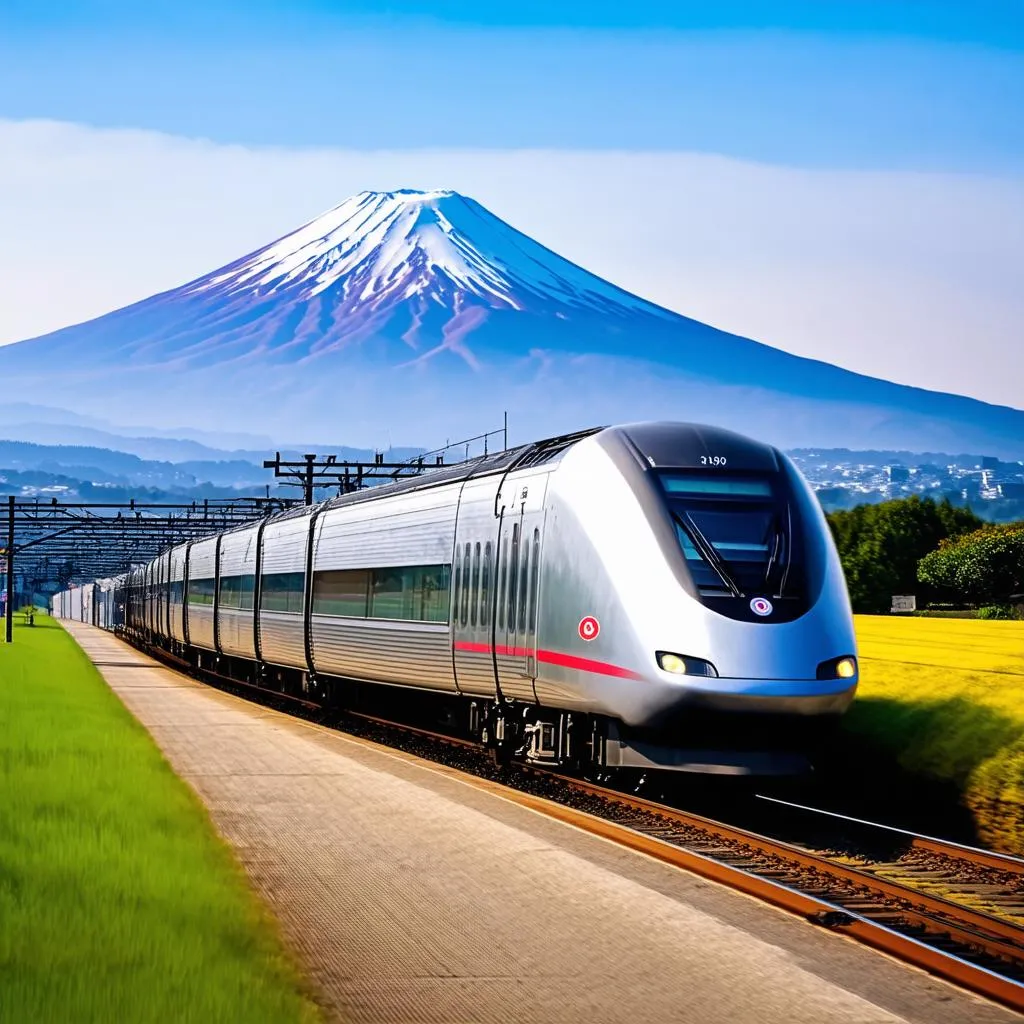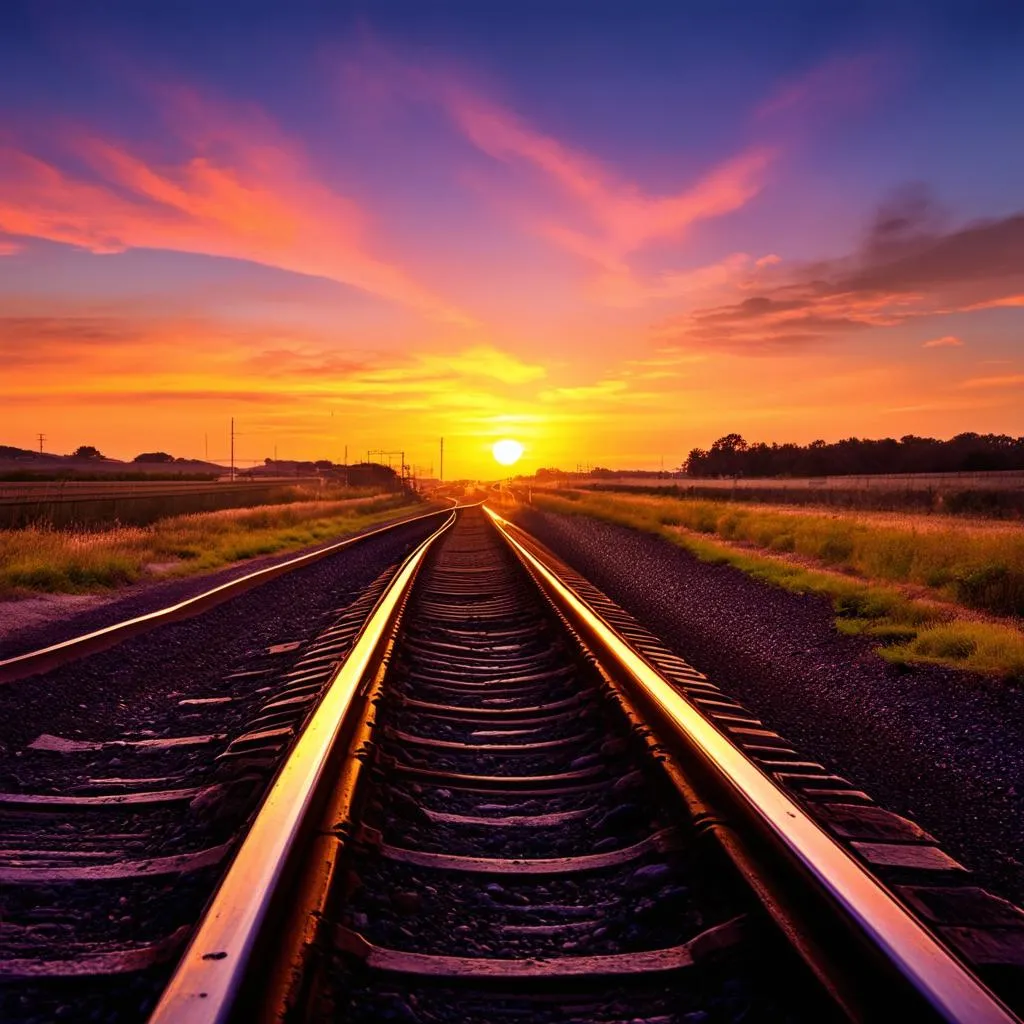Remember that childhood dream of speeding across the country, wind in your hair, watching the world blur by? For many, that dream involved a train, a symbol of adventure and efficiency. But just how fast can these steel behemoths go? Well, buckle up and get ready for a fascinating journey as we explore the exhilarating world of train speeds!
Breaking Down the Barriers: Understanding Train Speeds
The speed of a train is influenced by several factors, including:
- Infrastructure: Think of the tracks as the highway for trains. Modern, high-speed lines are built with fewer curves and smoother gradients, allowing trains to reach top speeds. Older tracks often have limitations, affecting the overall speed.
- Train Type: Just like cars, different trains are built for different purposes. High-speed trains, like the Shinkansen in Japan, are aerodynamically designed for speed, while freight trains prioritize power and capacity over pure velocity.
- Signaling Systems: Advanced signaling systems allow for better communication and control, enabling trains to run closer together at higher speeds without compromising safety.
The Need for Speed: A Global Perspective on High-Speed Rail
High-speed rail has revolutionized travel in many parts of the world, connecting cities and countries with remarkable efficiency.
- China: Home to the world’s longest high-speed rail network, China’s trains regularly reach speeds of 350 km/h (217 mph), making it possible to cross this vast country in record time. Imagine traveling from Beijing to Shanghai, a distance of over 1,300 kilometers, in just under 5 hours!
- Japan: The birthplace of the bullet train, Japan’s Shinkansen is renowned for its speed and punctuality. These technological marvels can reach speeds of up to 320 km/h (200 mph), making them a popular choice for both business travelers and tourists. Picture yourself gliding through the picturesque Japanese countryside, Mount Fuji looming in the distance – a truly unforgettable experience.
- Europe: Europe boasts an extensive high-speed rail network connecting major cities across the continent. The French TGV (Train à Grande Vitesse) holds the record for the fastest wheeled train, clocking in at a staggering 574.8 km/h (357.2 mph)!
Planning Your High-Speed Adventure
Planning a trip on a high-speed train? Here are some tips:
- Book in Advance: High-speed train tickets are often cheaper when booked in advance, especially during peak season.
- Consider a Rail Pass: If you plan on traveling extensively by train, a rail pass can offer significant savings.
- Pack Light: Most high-speed trains have limited luggage space, so pack efficiently.
FAQs About Train Travel
Q: What is the fastest train in the world?
A: The current record holder is Japan’s L0 Series Maglev train, which achieved a mind-blowing speed of 603 km/h (375 mph) during test runs!
Q: Are high-speed trains safe?
A: High-speed trains have an excellent safety record. They undergo rigorous testing and maintenance, and their advanced safety features minimize risks.
Travelcar.edu.vn: Your Guide to Unforgettable Journeys
Planning your next adventure? Don’t forget to check out travelcar.edu.vn for more travel tips, destination guides, and inspiration. Whether you’re dreaming of speeding across Japan on a bullet train or exploring the ancient ruins of Greece, we’ve got you covered.
 Modern Japanese bullet train
Modern Japanese bullet train
 Train tracks leading towards the sunset
Train tracks leading towards the sunset
Remember, the journey is just as important as the destination. So, embrace the excitement of travel, explore the world, and create memories that will last a lifetime.